In today’s hyper-competitive digital landscape, establishing a robust online presence is no longer optional—it’s a prerequisite for survival. With over 1.8 billion websites vying for attention, businesses must leverage every tool at their disposal to rise above the noise.
Among these, Search Engine Optimization or SEO services stands out as a cornerstone of digital success. SEO involves optimizing your website to rank higher on search engine results pages (SERPs), thereby increasing its visibility to potential customers. But why exactly is SEO marketing so critical for your business?
In this comprehensive guide, we’ll explore 12 compelling reasons why SEO is indispensable, from driving organic traffic to enhancing credibility and staying competitive. By the end, you’ll see why SEO isn’t just a marketing tactic—it’s a strategic imperative.
1. Organic Search Drives the Majority of Website Traffic
When people need answers, products, or services, their first stop is almost always a search engine like Google. Research from BrightEdge reveals that organic search accounts for 53% of all website traffic, dwarfing other channels such as paid search (15%) and social media (5%). This makes organic search the lifeblood of online visibility. Without SEO, your website risks being buried beneath competitors, invisible to the vast majority of your potential audience.
What makes organic traffic so valuable? For starters, it’s cost-free—unlike paid ads, you don’t pay per click. It’s also sustainable: a well-optimized page can attract visitors for months or years with minimal upkeep. Plus, users trust organic results more than paid ones. Data shows that organic links are 8.5 times more likely to be clicked, as they’re perceived as more authentic and relevant.
Take a small business like a local florist. Without SEO, their site might languish on page five for “flower delivery near me,” missing out on countless customers.
By optimizing for keywords like “same-day flower delivery [city]” and creating content about floral trends or care tips, they could climb to page one, driving hundreds of monthly visitors—and sales—without a hefty ad budget. Contrast this with paid ads: stop paying, and your traffic vanishes. SEO builds a lasting foundation.
2. SEO Establishes Trust and Credibility
High search rankings aren’t just about visibility—they’re a badge of trustworthiness. Users assume that top-ranked sites are authoritative, a perception reinforced by Google’s E-A-T framework (Expertise, Authoritativeness, Trustworthiness). For businesses in sensitive fields like healthcare or finance, adhering to E-A-T is non-negotiable.
To boost credibility, SEO encourages creating high-quality content—think in-depth guides, expert interviews, or data-driven case studies. Earning backlinks from reputable sources, like industry blogs or universities, further solidifies your authority.
For instance, a law firm publishing detailed articles on “navigating personal injury claims” and securing links from legal journals not only ranks higher but also wins client trust. A competitor with shallow content and no backlinks? They’re stuck in obscurity.
Technical SEO also plays a role. A secure (HTTPS), fast-loading, and professionally designed site signals reliability. In essence, SEO forces you to build a digital presence that’s both search-engine-friendly and customer-approved.
3. SEO Enhances User Experience
SEO and user experience (UX) go hand in hand. Optimizing for search engines naturally improves how visitors interact with your site. Here’s how:
- Page Speed: Google’s Core Web Vitals prioritize fast load times. A site taking over three seconds to load loses 53% of mobile users, per Google. Optimizing images and code boosts both rankings and retention.
- Mobile Friendliness: With 60%+ of searches on mobile, a responsive design is critical. Google’s mobile-first indexing bases rankings on your mobile site, making UX a ranking factor.
- Navigation: Clear menus and internal links (an SEO staple) help users find content fast, reducing bounce rates.
- Content Quality: SEO demands valuable, well-organized content—like FAQs or tutorials—that keeps users engaged.
Picture an online bookstore. A slow, non-mobile-friendly site with cluttered navigation drives customers away. But by compressing images, ensuring responsiveness, and structuring categories logically, it ranks higher and delights visitors—doubling its impact.
4. SEO Aligns with the Buying Cycle
Purchasing decisions follow a cycle: awareness, consideration, and decision. SEO targets users at each stage:
- Awareness: Broad queries like “how to improve home security” attract early-stage researchers. Blog posts or videos can introduce your brand.
- Consideration: Specific searches like “best home security systems 2023” signal intent. Comparison guides or reviews position you as an option.
- Decision: Terms like “buy home security camera [city]” indicate readiness. Optimized product pages with strong CTAs seal the deal.
A security company might target “home safety tips” (awareness), “wireless vs. wired cameras” (consideration), and “install security system [city]” (decision).
Long-tail keywords—e.g., “affordable wireless security cameras in Dallas”—capture high-intent traffic with less competition, boosting conversions.
5. Local SEO Boosts Engagement and Conversions
For brick-and-mortar businesses, local SEO is a goldmine. Google reports that 46% of searches have local intent, and “near me” queries have surged 150%. Better yet, 88% of mobile local searches lead to a call or visit within 24 hours.
Key tactics include:
- Google My Business (GMB): A complete profile with photos, reviews, and hours is essential.
- Citations: Consistent listings on Yelp or industry directories enhance visibility.
- Reviews: Positive feedback influences both rankings and trust—91% of consumers rely on reviews as much as word-of-mouth.
A local gym optimizing for “fitness classes [neighborhood]” and earning glowing GMB reviews can dominate the “Local Pack,” outshining competitors.
Local SEO also taps into voice search (e.g., “gyms near me”), making it future-proof.
6. SEO Is More Cost-Effective Than Paid Advertising
While paid advertising delivers immediate visibility, its costs can spiral out of control—especially in competitive industries.
For example, in sectors like legal services or insurance, businesses might pay $50 to $100 per click for keywords like “personal injury lawyer” or “car insurance quotes.”
A modest campaign spending $5,000 monthly could burn through budgets quickly, with no lasting impact once the funds dry up. In contrast, SEO offers a cost-effective alternative that builds sustainable visibility without recurring per-click fees.
Imagine a small IT services company providing Google Ad services spending $5,000 on Google Ads might drive 100 clicks at $50 each, generating a temporary traffic spike.
But investing that same amount in SEO—optimizing service pages, securing backlinks, and creating blog posts like “8 Actionable Tips to Optimize Your AdWords Performance”—could yield organic traffic for years.
A study by Ahrefs found that 91% of web pages get zero organic traffic, but those that rank well can attract thousands of visitors annually at no additional cost. Over time, SEO’s compounding effect amplifies its value: a single optimized page might take six months to reach page one, but once there, it becomes a persistent traffic driver.
SEO also avoids the “ad fatigue” of paid campaigns, where users tune out repetitive promotions. Organic results, perceived as more trustworthy, have an 8.5x higher click-through rate than paid ads, per BrightEdge data.
For cash-strapped startups or small businesses, this makes SEO a smarter long-term investment, delivering steady growth without breaking the bank.
7. SEO Provides Deep Customer Insights
SEO isn’t just about boosting rankings—it’s a window into your customers’ minds.
Through keyword research, businesses can decode what their audience searches for, uncovering needs, pain points, and trends. For instance, a surge in searches for “sustainable packaging options” might signal a market shift, prompting a packaging company to pivot its offerings or create targeted content.
Tools like Google Analytics and Google Search Console take this further, offering granular data on user behavior. Metrics like page views, time on site, and bounce rates reveal what resonates with visitors.
If a blog post on “How to Choose a CRM” drives traffic but has a 90% bounce rate, it might lack a compelling call-to-action. Conversely, a product page with high dwell time could guide future content strategies. A B2B software provider, for example, might notice users linger on case studies—prompting more in-depth success stories.
SEO also leverages search intent, classifying keywords into types:
- Informational: “How to reduce energy bills” (blogs or guides).
- Navigational: “Tesla website” (brand optimization).
- Transactional: “buy solar panels online” (product pages).
A solar energy company could target all three: a guide on energy savings, a branded landing page, and an e-commerce section for solar kits.
Tools like SEMrush or Ahrefs can even reveal competitors’ top keywords, offering a blueprint to outmaneuver them. This data-driven approach transforms SEO into a strategic tool for understanding and engaging your audience.
8. SEO Offers Measurable Results Tied to Business Goals
Unlike vague traditional marketing metrics (e.g., “brand awareness”), SEO provides quantifiable results that align with business objectives. Using free tools like Google Analytics, you can track:
- Organic traffic: Total visitors from search engines.
- Keyword rankings: Positions for target terms like “best coffee maker 2023.”
- Conversion rates: Percentage of visitors completing actions (e.g., purchases, sign-ups).
- Engagement metrics: Bounce rates, pages per session, and time on site.
These insights enable precise optimization. If a landing page for “organic skincare products” ranks well but converts poorly, adding customer testimonials or a stronger CTA could lift sales. A Moz study found that organic traffic converts at 14.6% on average, compared to 1.7% for outbound leads—proof of SEO’s ROI potential.
For broader goals, SEO integrates seamlessly. A retailer aiming for a 25% sales increase might track organic revenue, while a SaaS firm could measure lead form submissions.
Consider a gym chain optimizing for “fitness classes near me.” By monitoring traffic spikes post-optimization and correlating them with membership sign-ups, they can quantify SEO’s impact. This measurability ensures every dollar spent is accountable, making SEO a cornerstone of data-driven marketing.
9. SEO Is a Long-Term Investment with Compounding Returns
SEO isn’t a sprint—it’s a marathon with compounding benefits. Unlike paid ads, which stop delivering the moment funding ends, SEO builds a foundation that grows stronger over time.
SEO is important for businesses of any scale and size. A page optimized today might take three to six months to rank, but once it does, it can generate traffic indefinitely with minimal maintenance.
Take a financial planner publishing “Retirement Savings Tips for Gen Z” in 2023. By 2025, that post could still rank, drawing clients yearly. As the site adds more content—like “Tax Strategies for Young Professionals”—and earns backlinks, its domain authority rises, making future rankings easier. HubSpot reports that 70% of marketers see SEO as more effective than PPC for long-term growth, thanks to this flywheel effect.
For industries with extended sales cycles (e.g., real estate or enterprise software), SEO’s persistence is invaluable. A realtor optimizing for “buying a home in [city]” nurtures leads over months, building trust through consistent visibility. Regular updates—refreshing content or fixing technical issues—keep the site competitive. This durability makes SEO a cost-efficient, future-proof strategy.
10. SEO Gives You a Competitive Edge
In a digital battlefield where 51% of clicks go to the top three organic results (Backlinko), SEO can tip the scales. Outranking rivals isn’t just about bragging rights—it’s a market share grabber. Even in saturated niches, targeting long-tail keywords or excelling in local SEO can set you apart. A boutique bakery might not rank for “bakery,” but “gluten-free cupcakes [city]” could make them a local star.
SEO also empowers smaller players. Unlike paid ads, where deep pockets dominate, SEO rewards strategy and quality. A startup with a fast, content-rich site can leapfrog a sluggish corporate giant.
Take a tech retailer optimizing for “best budget laptops for students.” By improving site speed and adding buyer guides, they could outrank bigger brands, as seen in a Backlinko case study where a small site grew traffic 300% in six months.
Staying ahead of trends—like voice search optimization (“Hey Siri, find a pet store”) or Core Web Vitals—further sharpens your edge. SEO isn’t just survival; it’s a weapon to redefine your industry standing.
11. SEO and Content Marketing Are Synergistic
SEO and content marketing are two sides of the same coin. High-quality content—blogs, videos, infographics—fuels SEO by attracting visitors and earning backlinks, while SEO ensures that content reaches its audience through higher rankings. Together, they create a self-reinforcing cycle.
Consider a fitness brand posting “10 Home Workouts for Beginners.” Optimized for that keyword, it draws traffic and earns links from health blogs, boosting its authority.
Google favors sites with fresh, relevant content, so regular posts like “Post-Workout Nutrition Tips” keep rankings climbing. HubSpot notes that businesses blogging consistently see 55% more traffic than those that don’t.
This synergy also drives engagement. A travel agency’s guide on “Best Hiking Trails in [region]” could link to tour packages, converting readers into customers.
Quality content also reduces bounce rates, signaling value to search engines. By marrying SEO with content, you maximize reach, authority, and conversions.
12. SEO Prepares You for Future Trends
Search isn’t static—it’s evolving with voice search, visual search, and AI algorithms. SEO keeps you ahead of the curve:
- Voice Search: With 50% of searches projected to be voice-based by 2025 (ComScore), optimizing for conversational queries like “What’s the best yoga studio nearby?” is key.
- Visual Search: Google Lens users search with images. Descriptive alt text and structured data (e.g., schema markup) make your visuals discoverable.
- AI Updates: Google’s BERT and MUM prioritize intent and context. Comprehensive content answering “why” and “how” aligns with these shifts.
A retailer adding schema to product images could dominate visual searches for “red sneakers.” A café optimizing for “best coffee near me” on voice platforms captures hands-free users. Embracing these trends ensures your SEO strategy thrives in tomorrow’s digital landscape.
Conclusion
SEO marketing isn’t a luxury—it’s a lifeline. It drives organic traffic, builds trust, enhances UX, and influences purchases while offering cost-effective, measurable, long-term benefits.
For local businesses, it’s a traffic magnet; for all, it’s a competitive weapon. Paired with content and future-ready tactics, SEO is indispensable.
If your business isn’t online, it’s invisible. If it’s online but not optimized, it’s overlooked. Start prioritizing SEO today—whether in-house or with experts like 1Solutions.biz—to unlock its full potential and secure your place in the digital future.



















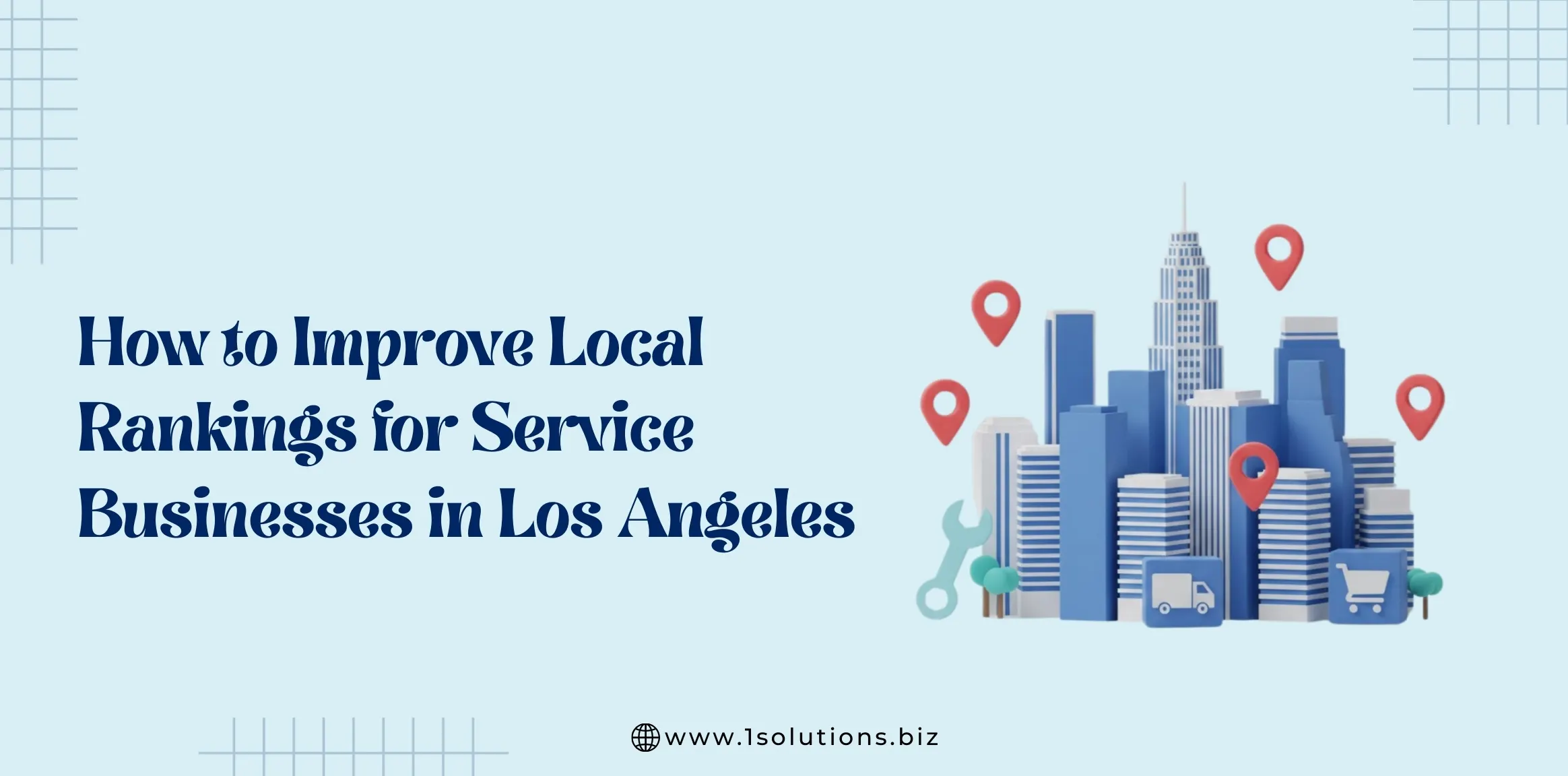
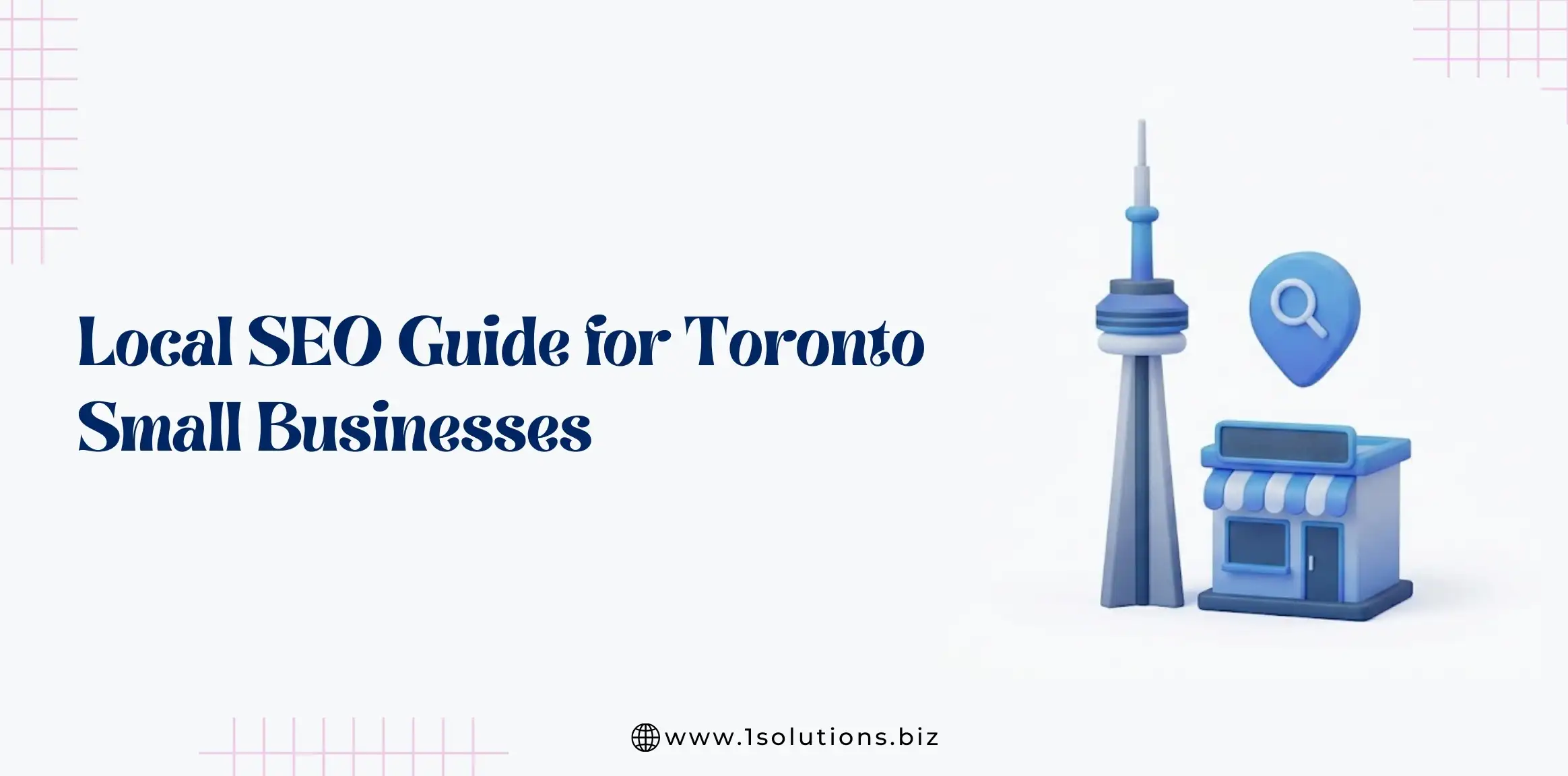

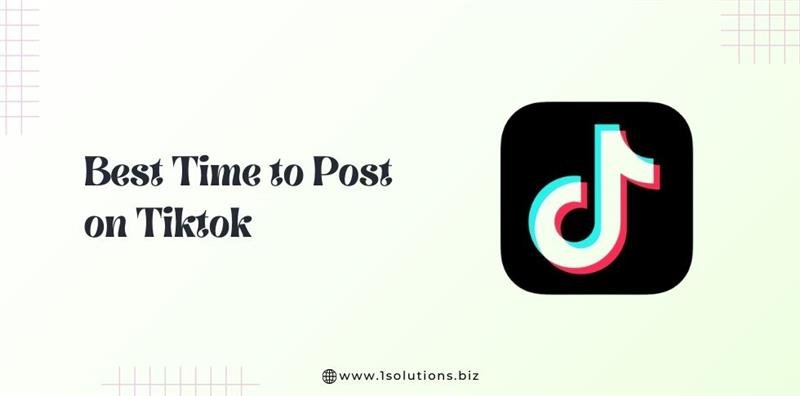
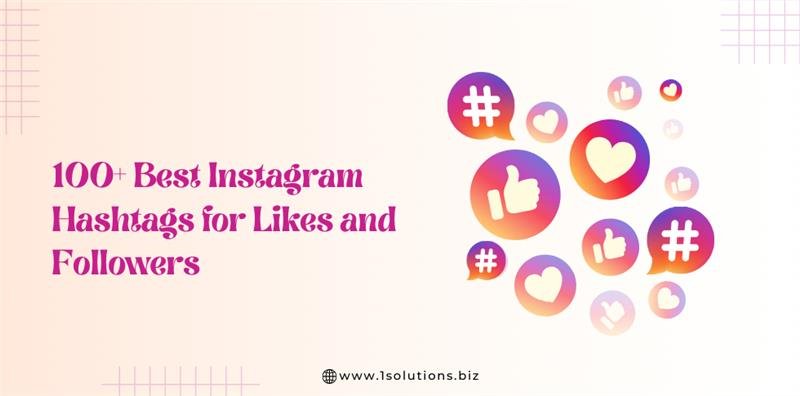
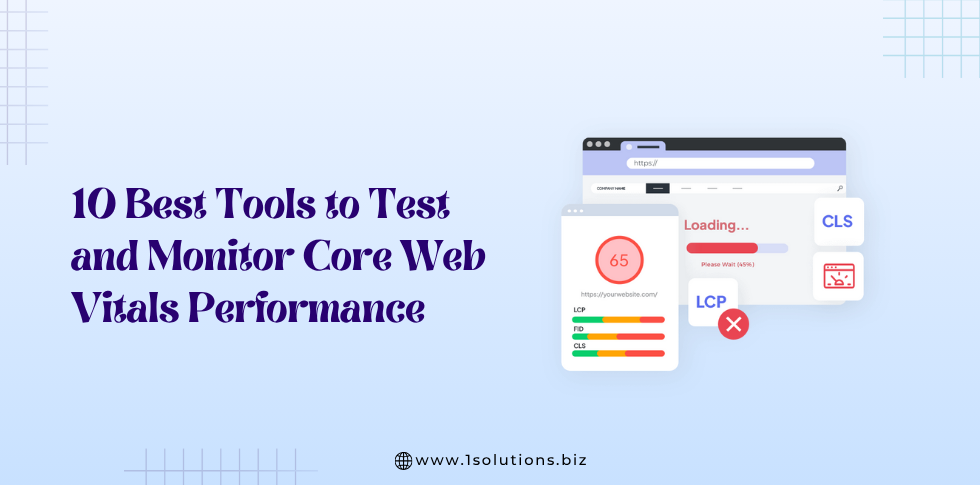




 in India
in India